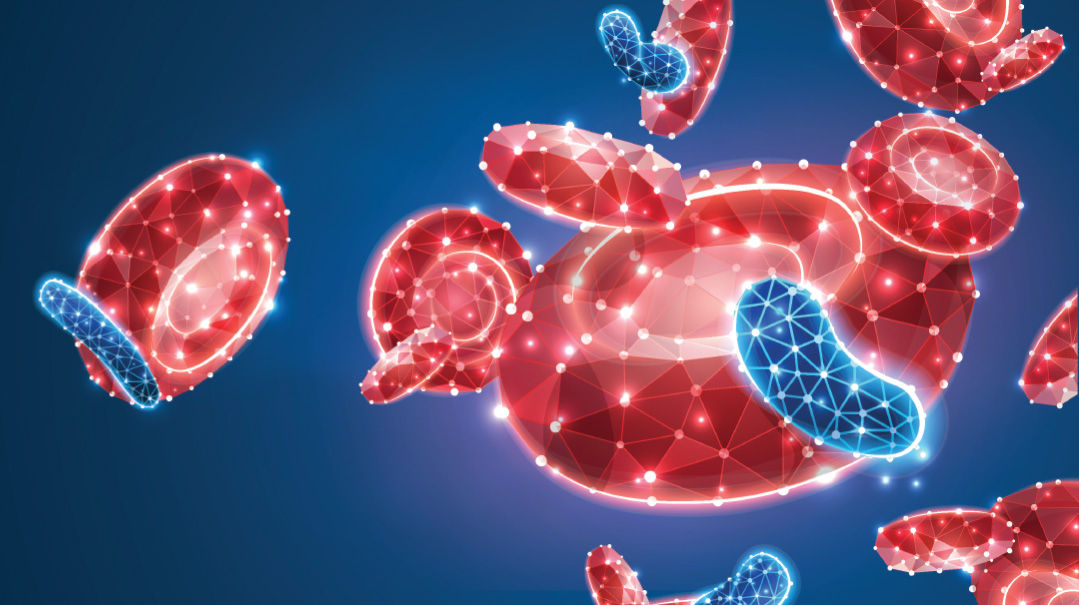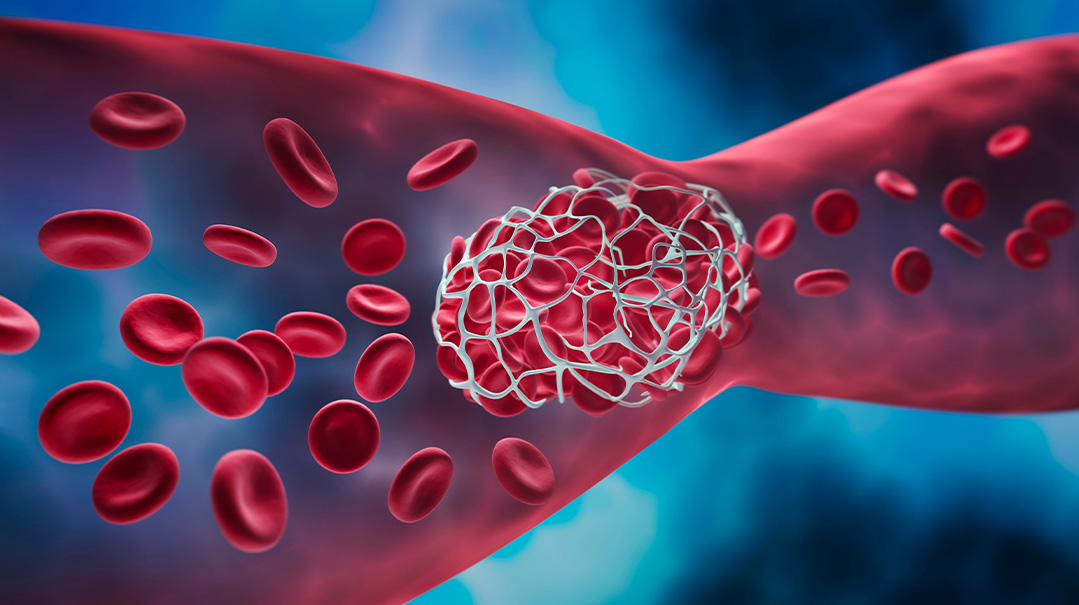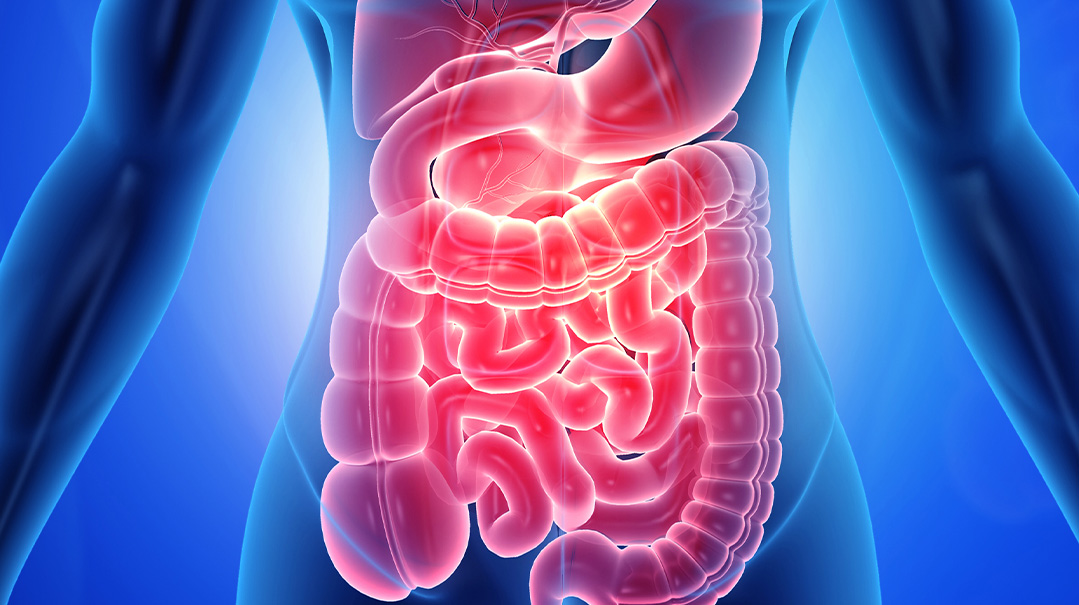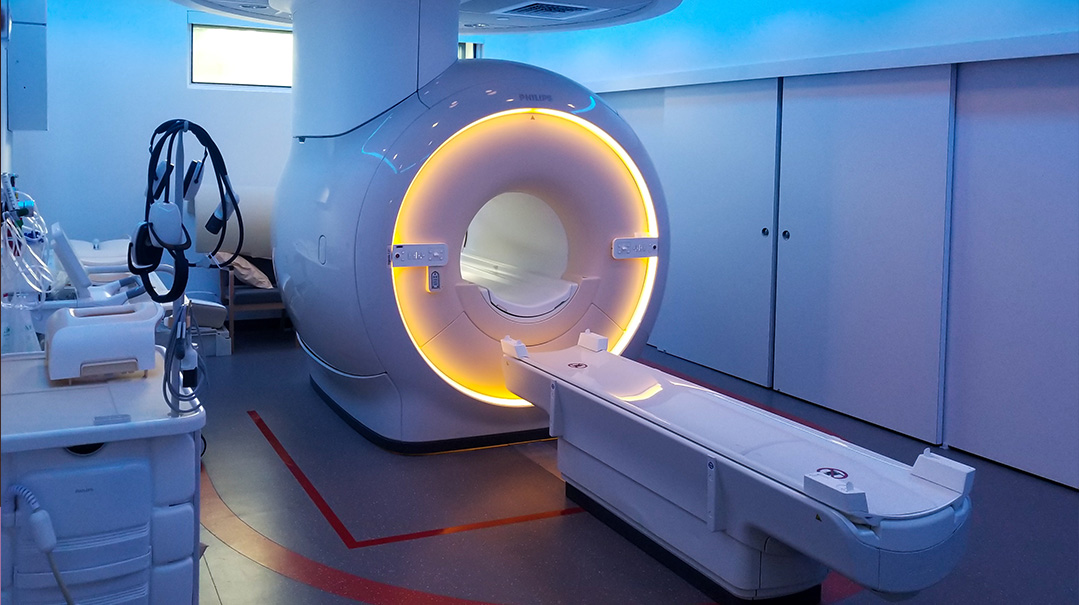True Connection

I had 25 diagnoses. What was behind them all?
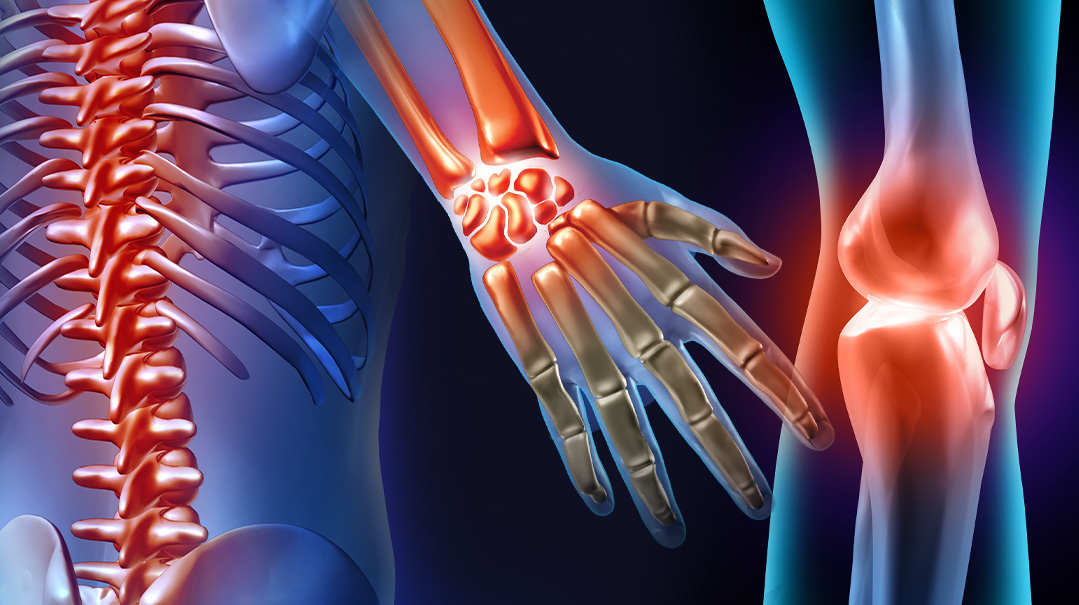
As told to Faigy Peritzman
“T
here’s nothing wrong with you. It’s all in your head!”
I stared at my doctor. At age 16, it was hard to imagine that I had the mental ability to inflict upon myself so much pain and exhaustion. Still, the doctor seemed to be unconvinced that any of my symptoms had physiological roots.
He did suggest that I see a physical therapist to strengthen my joints and muscles, as I was extremely flexible, and he claimed this hypermobility was causing my exhaustion.
I went to physical therapy and did all the exercises they prescribed, but despite my commitment to the routine, I didn’t find it alleviated any of the joint pain or fatigue I was experiencing. If anything, it was getting worse.
I also did blood work that ruled out mononucleosis or arthritis. In light of the results, my doctor concluded that everything was psychosomatic. I was too young to know any better, so I believed him.
Yet despite trying to curb my “unhealthy” thoughts, things didn’t improve over the years. I suffered from multiple rib subluxations, an excruciating experience in which my ribs moved out of place. My skin was always tearing, and I bruised easily. Yet even that paled next to the constant dizziness and fatigue.
I fainted often, and most mornings, I’d lie awake motionless, lacking the physical energy to get out of bed. I had horrible digestive issues, further complicating my daily routine. I couldn’t function on any normal level; studying, working, and completing the daily tasks people take for granted took monumental strength.
After my marriage, I went through many infertility treatments, including several rounds of IVF (unrelated to my subsequent diagnosis). The rigors of dealing with infertility lead my doctors to declare that my now-familiar symptoms of pain and fatigue were simply due to stress. They kept insisting I needed to relax.
I went to therapy, desperate to get myself onto even ground so I could function like a healthy person. But no matter how much I tried to be upbeat and relaxed, it didn’t seem to have any impact on my physical state of being.
At first, my therapist took the recommendations of my doctors that this was all in my head, and told me I was having panic attacks. But even she backed down in the face of my constant fainting, since although panic attacks can cause feelings of being ready to pass out, they usually don’t culminate in actual unconsciousness. So, what was wrong?
Even months after I stopped IVF treatments (baruch Hashem for good reasons), I was still in so much pain. It was clear there was more going on, and my symptoms were not connected to the hormones and treatments I had been doing.
By this point I was older and wiser medically, and I began pushing to figure out what was causing such physical degeneration.
Oops! We could not locate your form.


